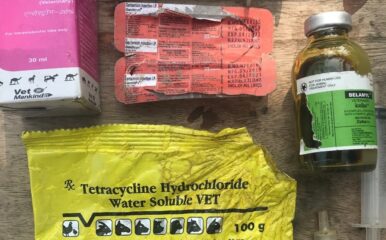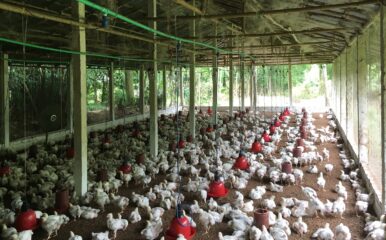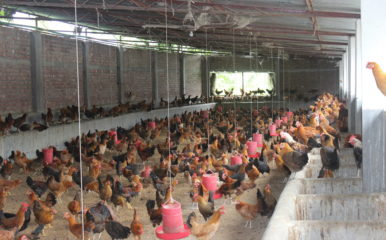
Sustainable intensification sounds good. But what might it mean in practice?
Published on 04/03/2020
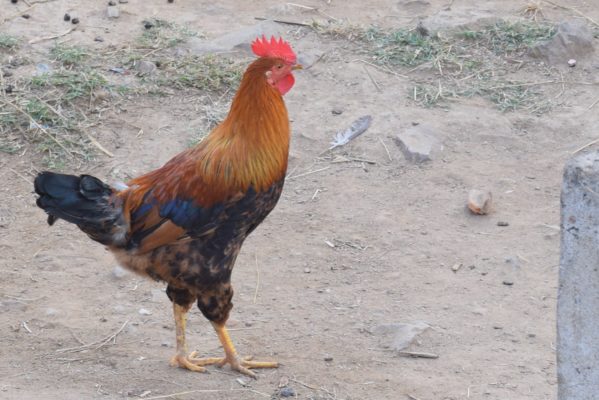
We’ve just entered the 20th year of the 21st century and the call for all of us to work together to reduce the impact of anthropogenic climate change and achieve sustainable development is growing louder. The quest for ‘sustainable’ intensification of agricultural production to meet the needs of a growing human (and domestic animal) population in a world of finite resources has resulted in many research publications and much public debate.
‘Sustainable intensification’ and ‘sustainability’ may be in common use but what do they mean for poultry producers, poultry value chain participants, consumers and the planet?
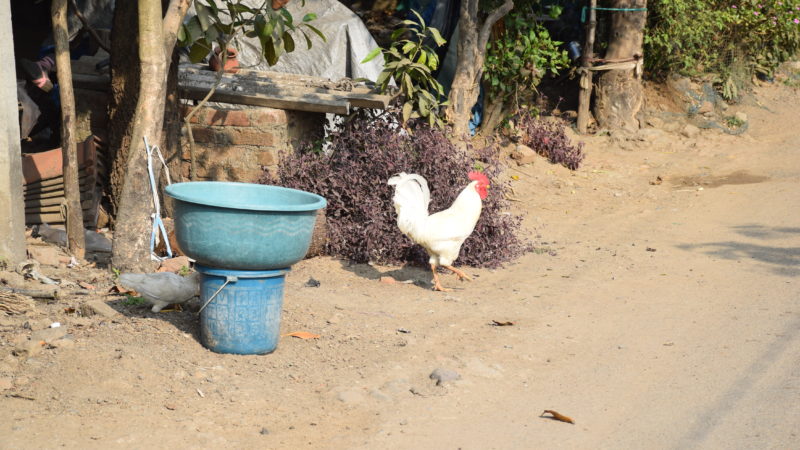
Agronomists from Wageningen University argued in 2017 that, “Sustainable intensification needs to include clarity about principles and practices for priority setting, an all-inclusive and explicit cost-benefit analysis, and subsequent weighing of trade-offs, based on scientifically acceptable, shared norms, thus making agriculture ‘green’ again.”
In relation to poultry production, perhaps we need to go further and make not only poultry ‘green’ again but also their associated value chains.
Once again, this is easy to say. The One Health Poultry Hub is engaging with a range of poultry production systems across diverse geographical settings. But in most cases, producers rarely receive an income for their poultry products that would allow them to manage their operations as best they could while also meeting the needs of their households.
Smallholder poultry – sometimes referred to as ‘family poultry’ – involves the largest number of households worldwide and covers a spectrum of production systems from small extensive to intensified enterprises, each with their own specific challenges and opportunities.
Through a smallholder livestock and aquaculture policy project recently implemented by the Chatham House Centre on Global Health Security, we found that a multisectoral, inclusive approach is required to ensure that policies impacting on smallholder producers align optimally to facilitate efficient, safe, sustainable family poultry production that is available to consumers at affordable prices.
One of the foundations to this project was agreeing on a definition of ‘sustainability’ in the smallholder farmer context. We suggested that supportive smallholder aquaculture and livestock policies, practices and value chains must deliver across the triple bottom line of:
1. Economic sustainability
- Fair remuneration of men and women family producers who are devoted stewards of land and water and who produce safe, nutritious food and other associated natural products.
- Fair payment of and conditions for women and men involved along value chains.
- Delivery of safe, nutrient-rich food and other natural products at prices affordable by consumers.
2. Environmental sustainability
- Regenerative agricultural and aquaculture practices that capture carbon, increase soil and water quality and conserve and promote biodiversity
- Ethical use and recycling of key nutrients along value chains and food systems
3. Social sustainability
- Non-farming community trusts and values agricultural and aquaculture practices and value chains as fair, just and operating in harmony with natural systems.
And we added that all of this should be done through a nutrition- and gender-sensitive lens. In relation to nutrition, challenges that must be overcome include reducing the competition between people and poultry for food fit for human consumption. With regards to gender, key issues related to ensuring equity of access to production, marketing and financial resources will be crucial.
Would this triple-bottom-line approach to sustainability be a helpful framework for all poultry production systems globally? If your answer to this question is Yes, then my final question to you is, what role might the One Health Poultry Hub play in contributing to making poultry production ‘green’ again?

